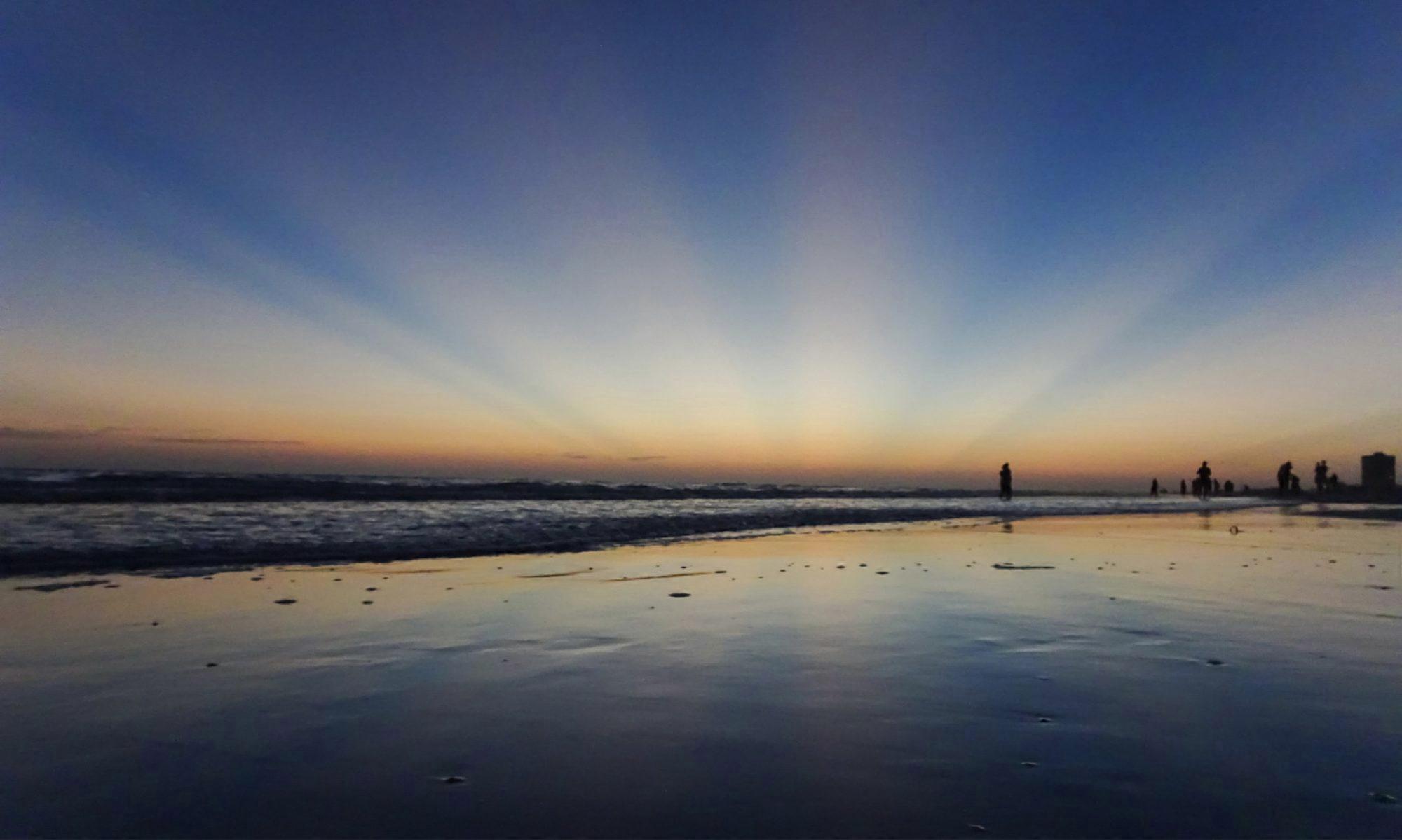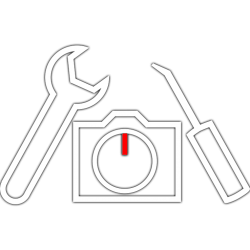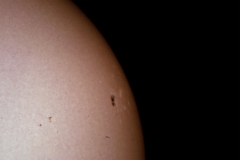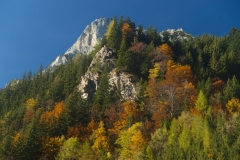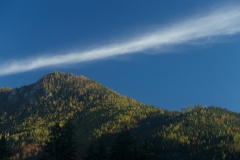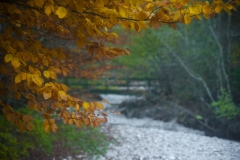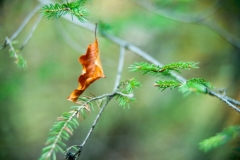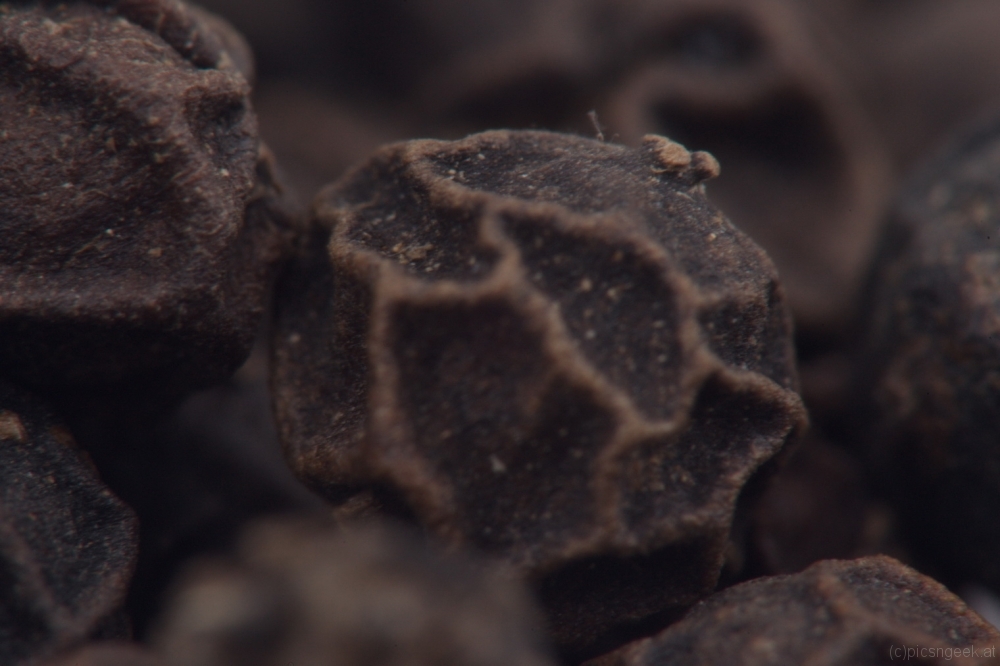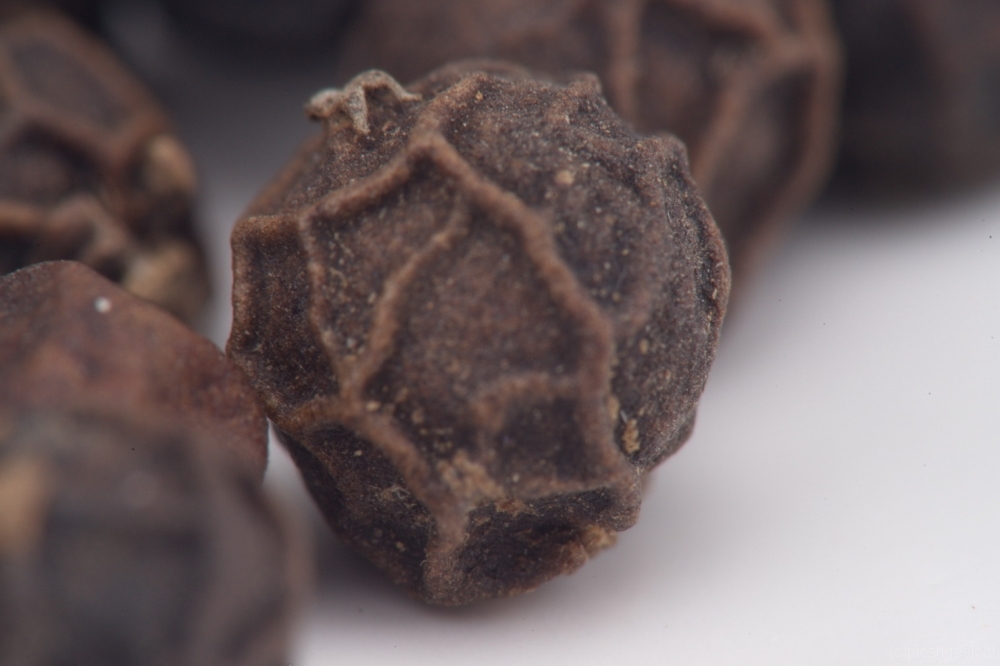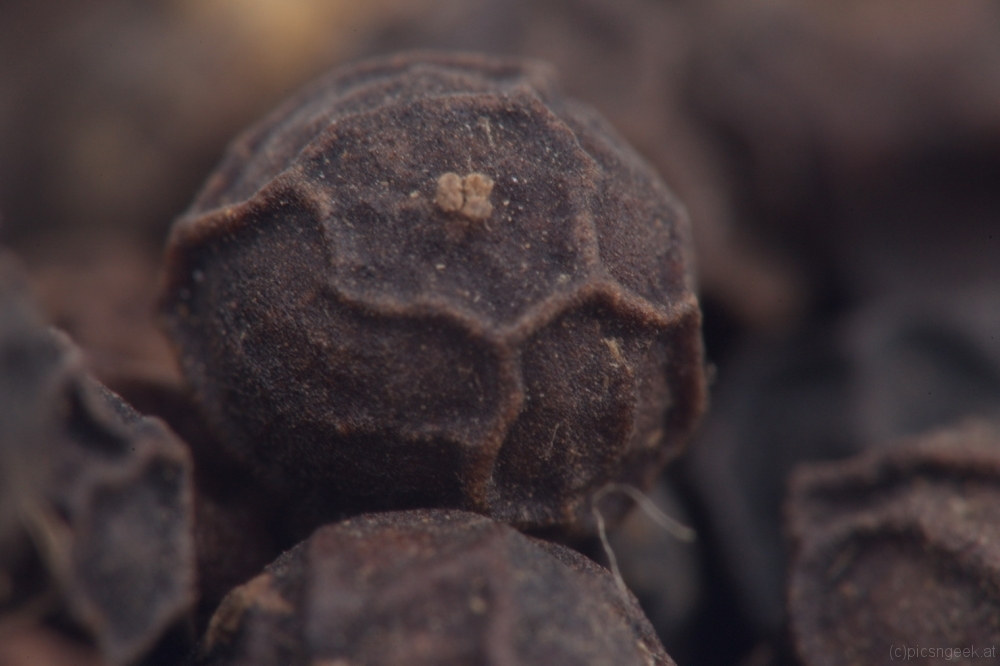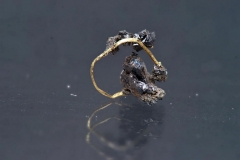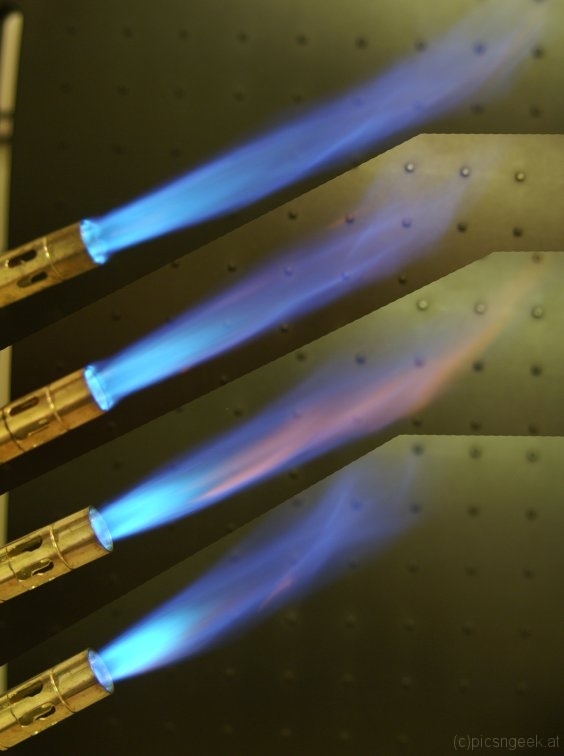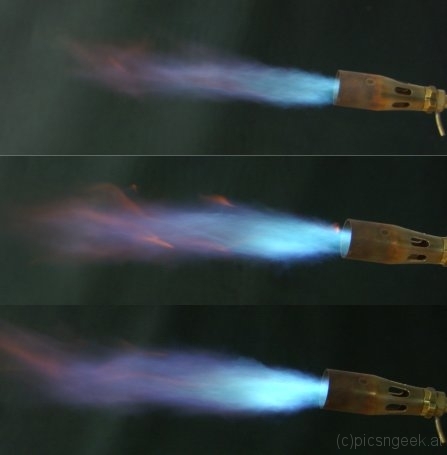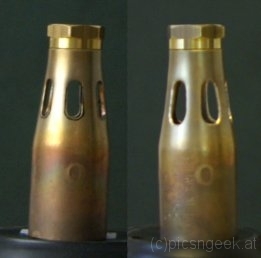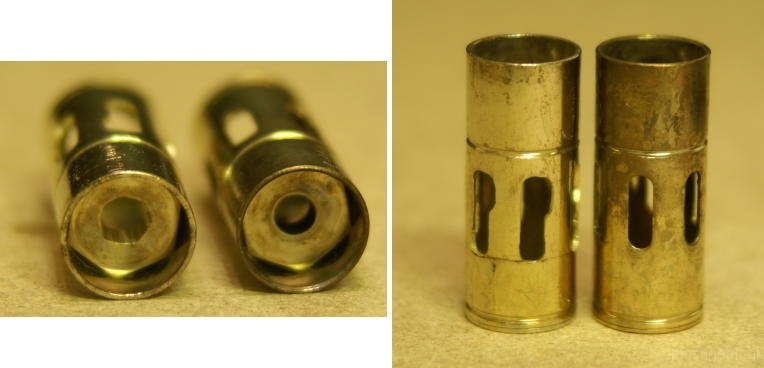Today Mercury set its path in front of the sun. The tiny black spot was a nice view to observe. As I was in the office that day, I used a tripod, 1000mm lens and a wired remote trigger to capture a few impressions of the event:
Sun in H-alpha light with deep sky filter
I questioned myself whether it would be possible to enhance images of the sun using deep sky H-alpha filters. Most likely a filter with 7nm bandwidth would not show prominences. Prominences are so dim, that the rather wide bandwith of the deep sky filter passes too much of bright light to see them. Keep in mind, that typical solar H-alpha filters are in the range of 0.3-1.5 Angstrom, which is 100 times more narrow than the deep sky filter (7nm = 70 Angstrom).
But who knows – perhaps the granulation becomes visible or at least the surface texture may improve…
ATTENTION: Never ever look direct at the sun! You risk your eye-sight, especially through optical instruments without proper equippment! I use specialized filters, suitable for solar work
I think, the result speaks for itself! It is an significant improvement, as the surface texture is no longer flat!
Autumn impressions of Leopoldsteinersee
A deep red Christmas sunset
Grains of pepper
High detail macros of pepper grains. Very interresting, what may be achieved with tele phot lenses and macro lenses
Extreme macros of pure gold
Modify the characteristics of propane gas torches
I was challenged by the need of more thermal power of one of my propane torches to melt higher quantities of metal. Furthermore, I needed to modify the characteristics of the flame, to have a neutral flame to perfectly balance the available oxigen levels as well as carbon levels around molten metal.
The first change was quite straight forward: To increase the possible thermal output of the torch, higher volume of gas has to pass through the nozzle. My nozzle had a 0.5mm hole for the gas to exit. So enlarging the size by drilling a 0.55mm hole was – apart from the rather delicate work – not so much of an issue.
The second change required to modify the air flow. My nozzles generated a somewhat carburizing flame. Therefore the available oxigen was a bit too low. When higher amounts of air may be sucked in by the gas travelling through the nozzle, the flame gets more reduzing. So I opened the air holes by small amounts from each test to the next, until my desired flame characteristics was met…
Several macros of insects
Here are a few macros of insects shot in the past. Most of them were taken in Croatia on the islands of Losinj, Cres and Krk
